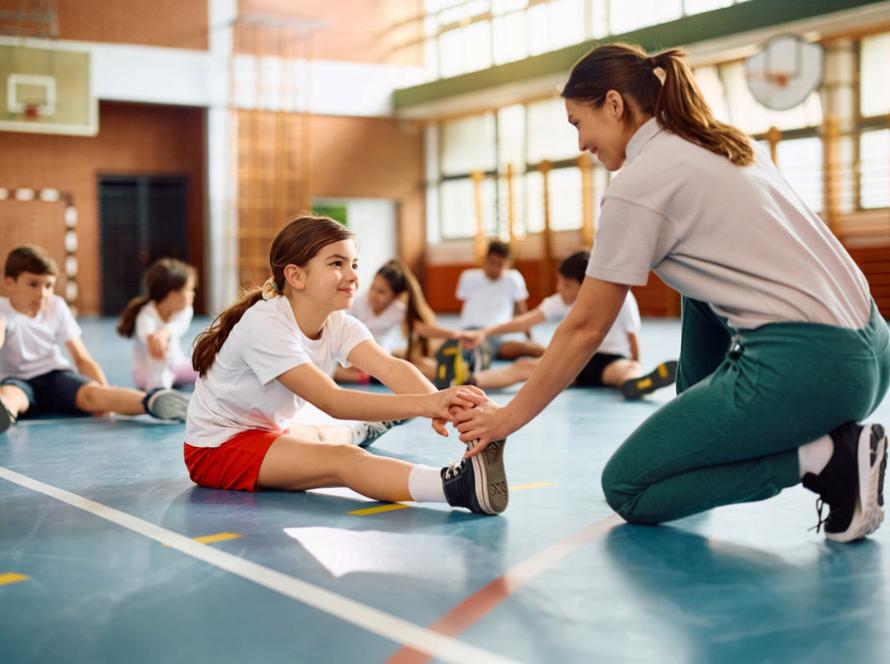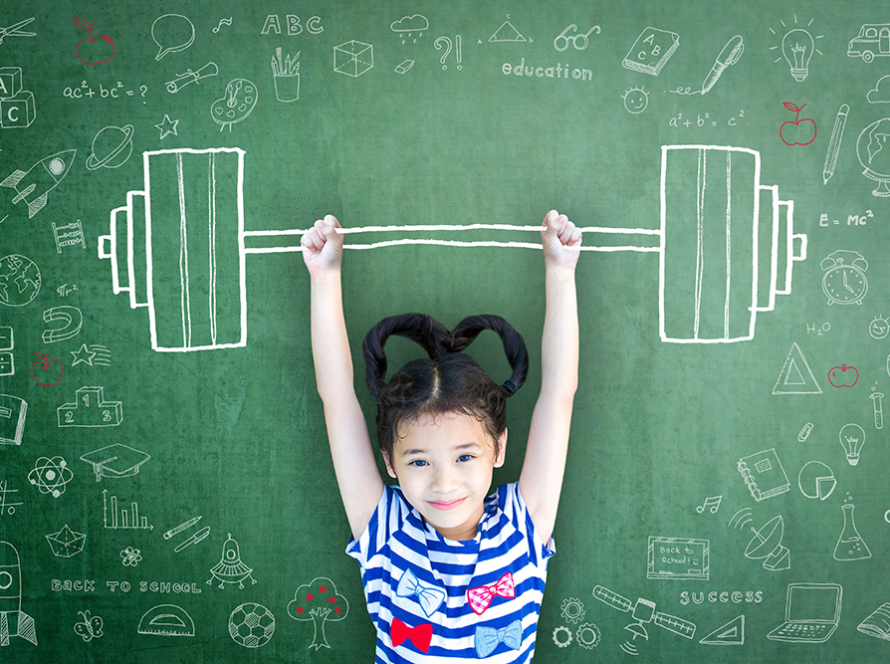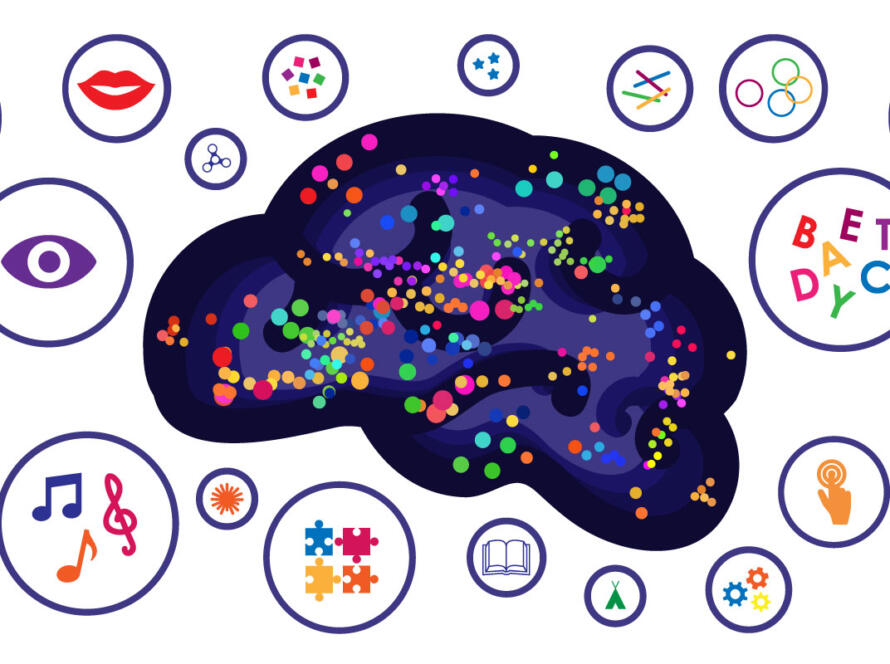Ever feel like you’re living with a tiny tornado of emotions? One minute your kid is all smiles, the next they’re having a meltdown over a broken crayon. Don’t worry, you’re not alone in this rollercoaster ride of parenting. Teaching children to regulate their emotions is like giving them a superpower – it sets them up for success in every area of life. But let’s be real, it’s not always easy. That’s why we’ve put together this guide to help you navigate the choppy waters of childhood emotions. Ready to turn those tantrums into teachable moments? Let’s dive in!
Why Emotion Regulation is Important for Children
As parents and educators, we often focus on academic skills, but helping children regulate their emotions is equally crucial. When kids learn to manage their feelings effectively, it sets them up for success in all areas of life. They learn to control their anger or fear and can even display confidence instead.
Building Emotional Intelligence
Children’s emotions can be intense and overwhelming. By teaching them to recognize and regulate these feelings, you’re helping them develop emotional intelligence. This skill enables them to navigate social situations, build stronger relationships, and cope with life’s challenges more effectively.
Promoting Mental Health
Learning to regulate emotions is vital for children’s mental well-being. When kids can process and express their feelings in healthy ways, they’re less likely to experience anxiety, depression, or behavioral issues. This emotional toolkit becomes especially important as they face the ups and downs of growing up.
Enhancing Academic Performance for Children to Regulate Their Emotions
It may come as a surprise, but emotional regulation skills can actually boost academic success. When children can manage their frustrations, stay focused, and persist through difficulties, they’re better equipped to tackle challenging schoolwork and achieve their goals.
By prioritizing emotion regulation, you’re giving kids a valuable life skill that will serve them well into adulthood.
Strategies to Help Children Identify and Express Their Emotions
Helping children regulate emotions starts with teaching them to identify and express their feelings. Here are some effective strategies you can use.
Create an Emotion Vocabulary
Introduce your kids to a wide range of emotion words. Go beyond the basics like “happy” or “sad.” Include nuanced terms like “frustrated,” “anxious,” or “excited.” This expanded vocabulary helps children articulate their feelings more precisely.
Use Visual Aids to Help Children Regulate Their Emotions
Emotion charts or “feeling faces” can be great tools. These visual representations help children connect facial expressions to specific emotions. You can even create a personalized chart together, making it a fun activity that boosts their emotional intelligence.
Practice Emotional Check-ins
Make it a habit to ask your child about their feelings throughout the day. This simple practice encourages them to pause and reflect on their emotional state. It also opens up opportunities for discussions about children’s emotions and how to manage them effectively.
Remember, teaching kids to identify and express their emotions is a crucial step in helping them regulate their feelings in healthy ways.
Teaching Healthy Ways for Kids to Cope with Big Emotions
When it comes to children’s emotions, helping them learn to regulate their feelings is key. As parents and teachers, we play a crucial role in guiding kids through the ups and downs of their emotional experiences.
Acknowledge and Validate Children’s Emotions to Help Regulate Them
Start by recognizing that all emotions are valid. When a child is upset, avoid dismissing their feelings. Instead, say something like, “I see you’re feeling angry. It’s okay to feel that way.” Acknowledging children’s emotions helps them understand that they can share their feelings in a safe space. Teach them that bottling up feelings can also have a bad effect on their mood and on their relationships with others..
Teach Emotional Vocabulary
Help children identify and name their emotions. This can make it easier for them to manage their feelings. Use books, games, or even facial expression charts to expand their emotional vocabulary. Nowadays, there are also many movies that teach children how to identify their emotions and manage them. A great example are the ‘Inside Out’ Disney movies that personify different emotions. A great watch, for children and adults alike!
Model Healthy Coping Strategies
Show kids how to cope with big emotions in a healthy way. When you’re frustrated, narrate your thought process: “I’m feeling stressed, so I’m going to take some deep breaths to calm down.” Acknowledging your child’s emotions isn’t enough. You have to show them that you validate your feelings as much as theirs. Only when you’re ready to own up to your own feelings in front of them can you show them how to cope with anger, frustration, sadness, etc. in a healthy way.
By teaching these skills, you’re giving children valuable tools to regulate emotions throughout their lives. Remember, it’s a journey – be patient and consistent in your approach. And always remember that your children tend to act the same way you do in front of them.
Conclusion
So there you have it – some practical ways to help kids develop healthy emotional regulation. Remember, this is a journey, not a destination. You’ll have good days and challenging ones. The key is to stay patient and keep modeling those skills yourself. Your kids are always watching and learning from you. By giving them tools to understand and manage their feelings, you’re setting them up for success in relationships, school, and life. Keep up the great work! You’ve got this, and your children are lucky to have such a caring adult in their corner. Now go forth and embrace those big emotions together!








